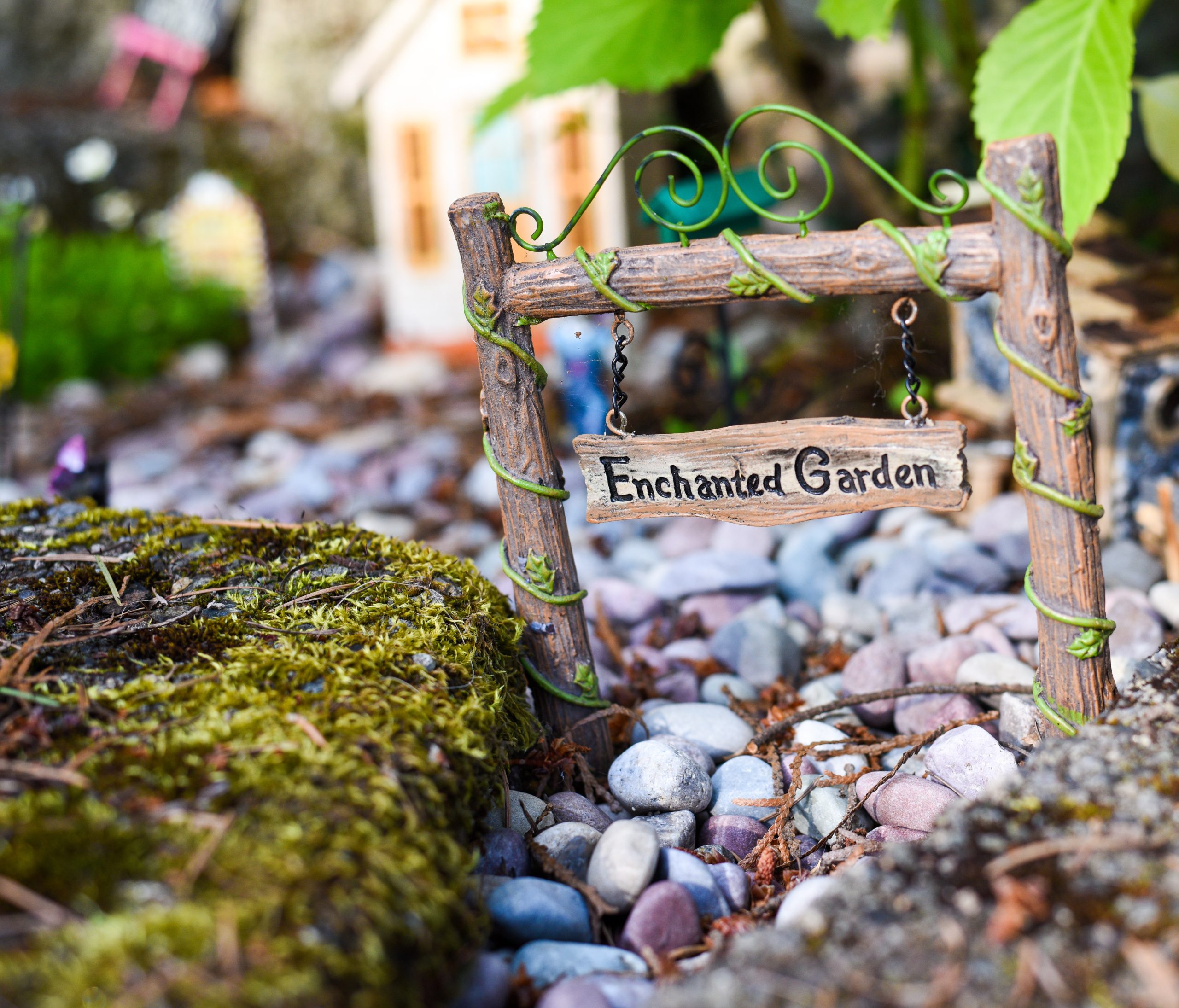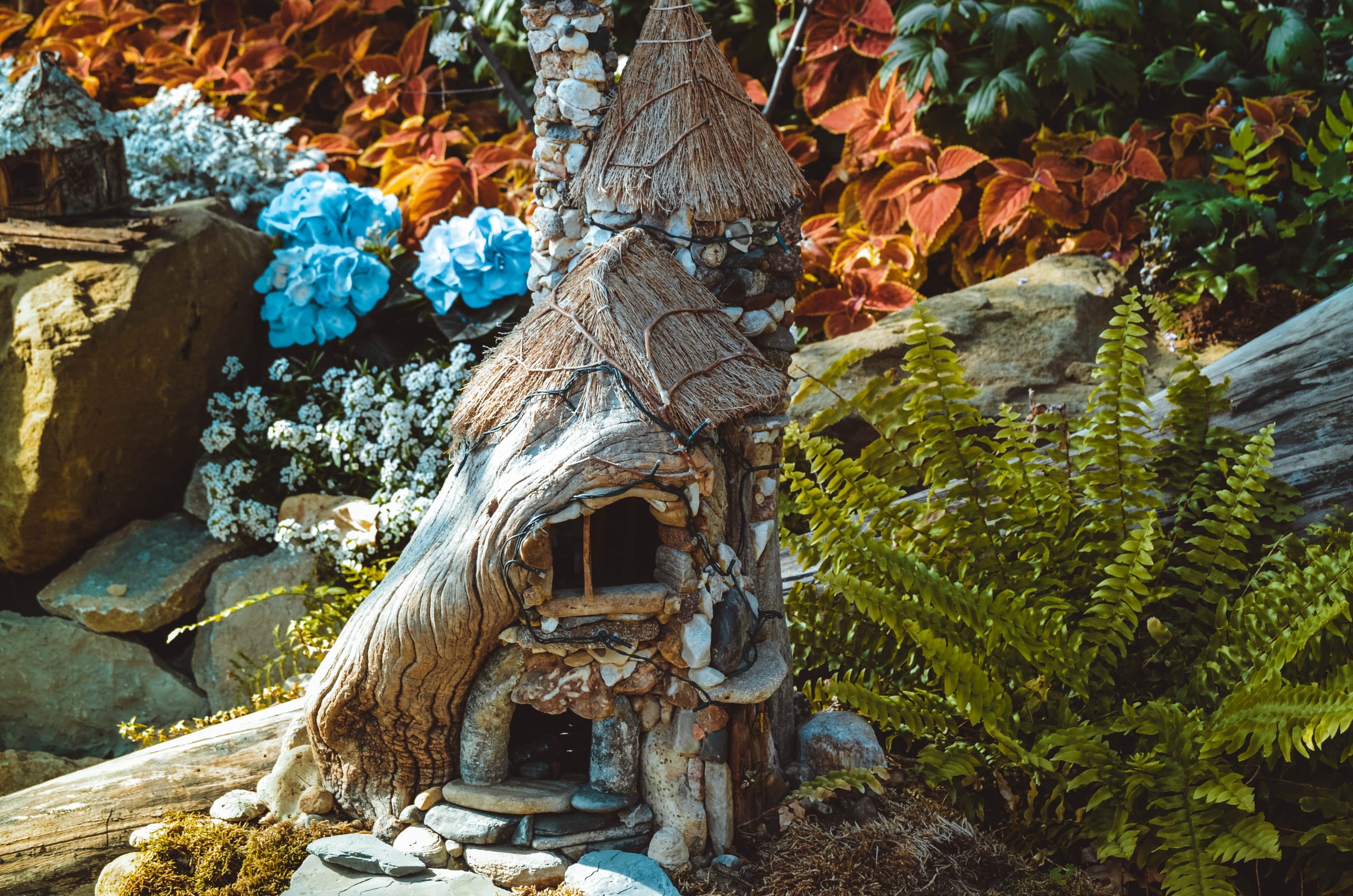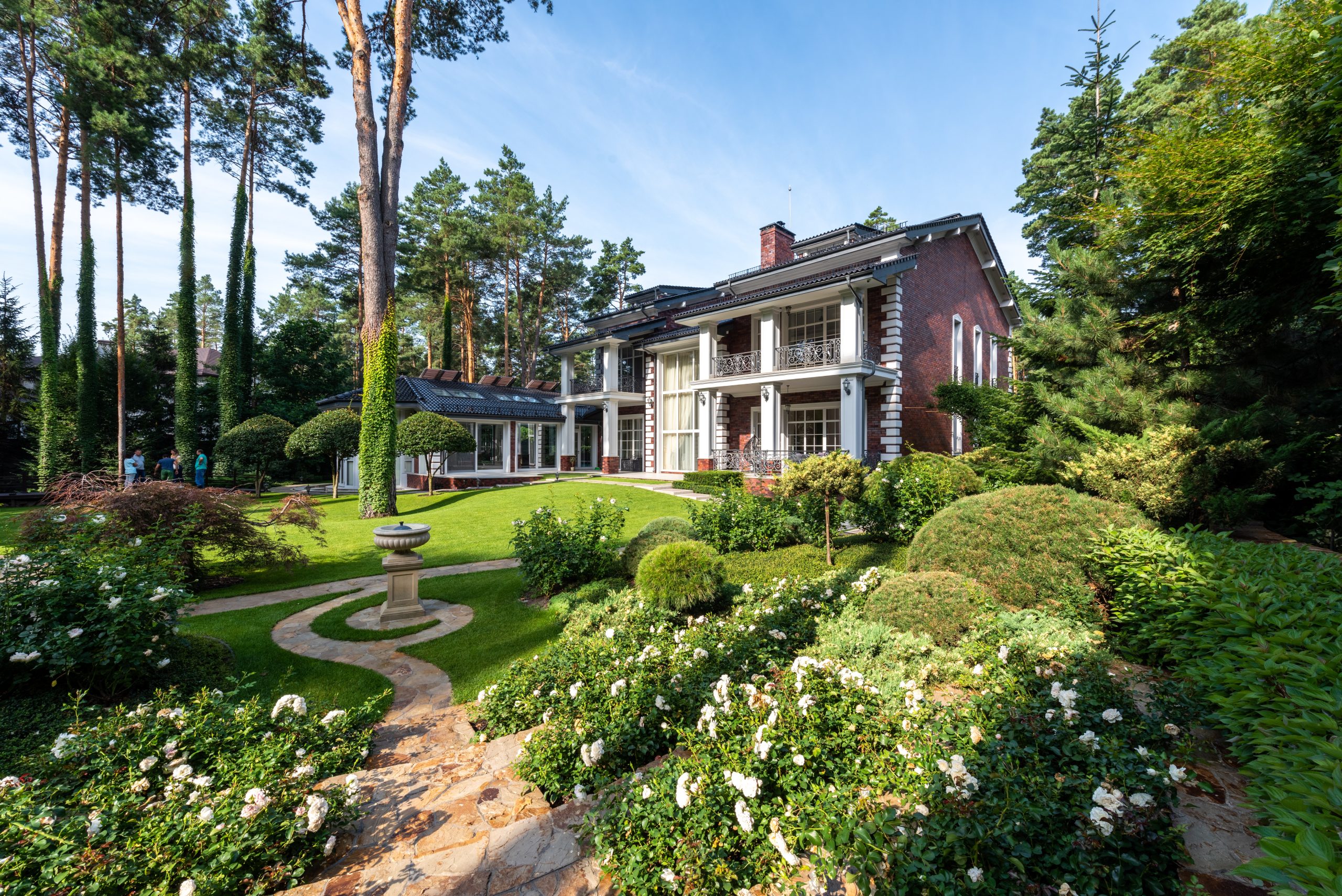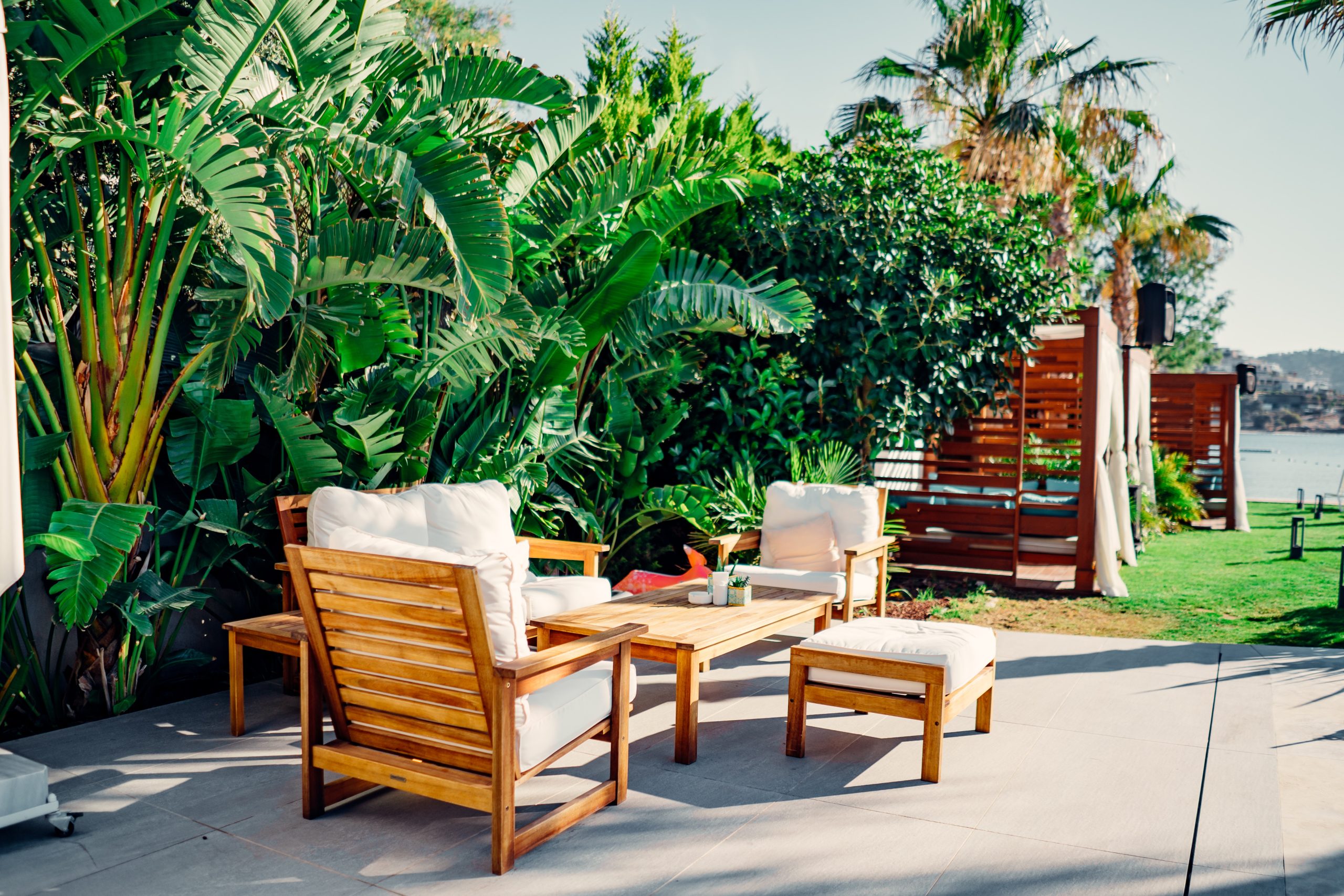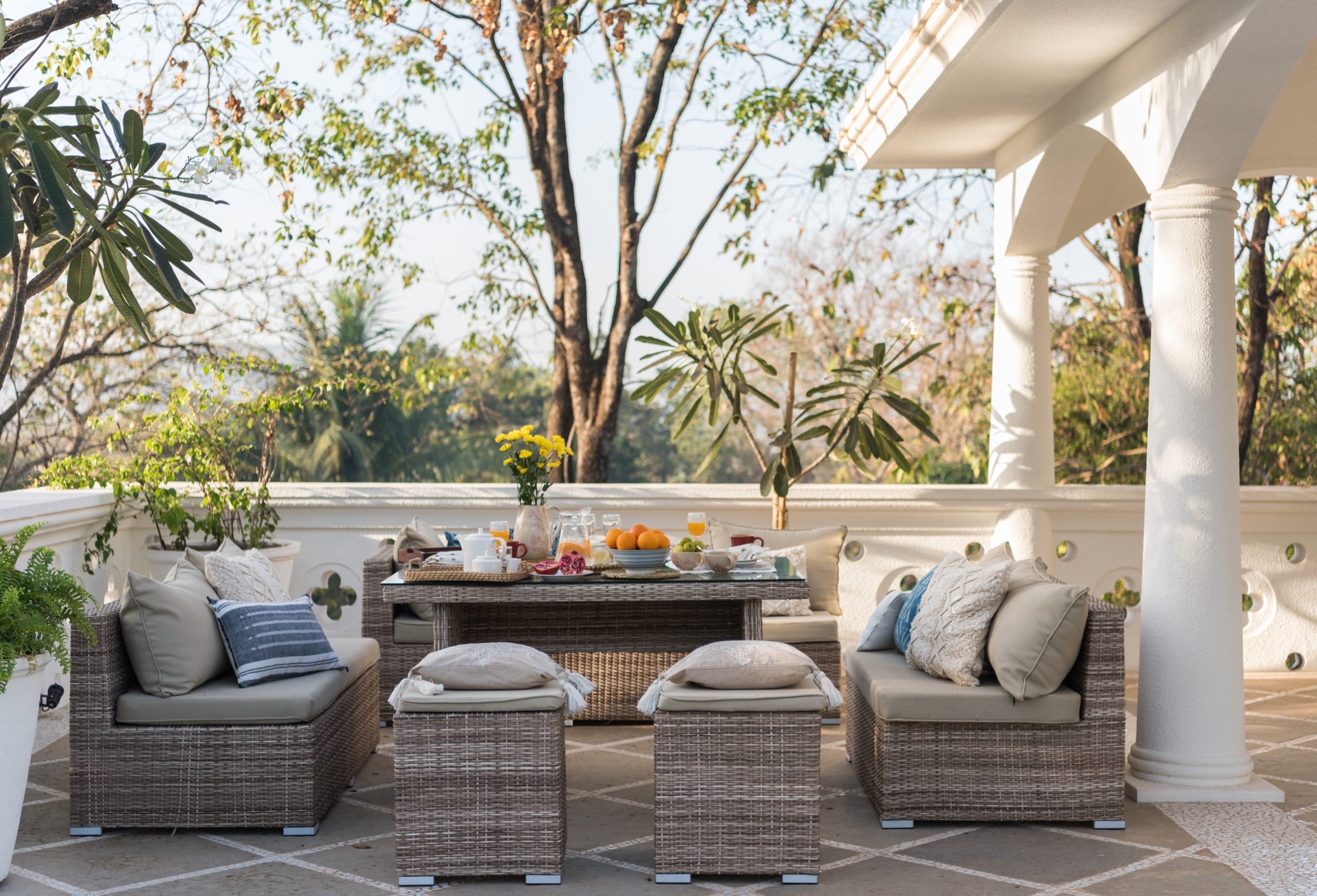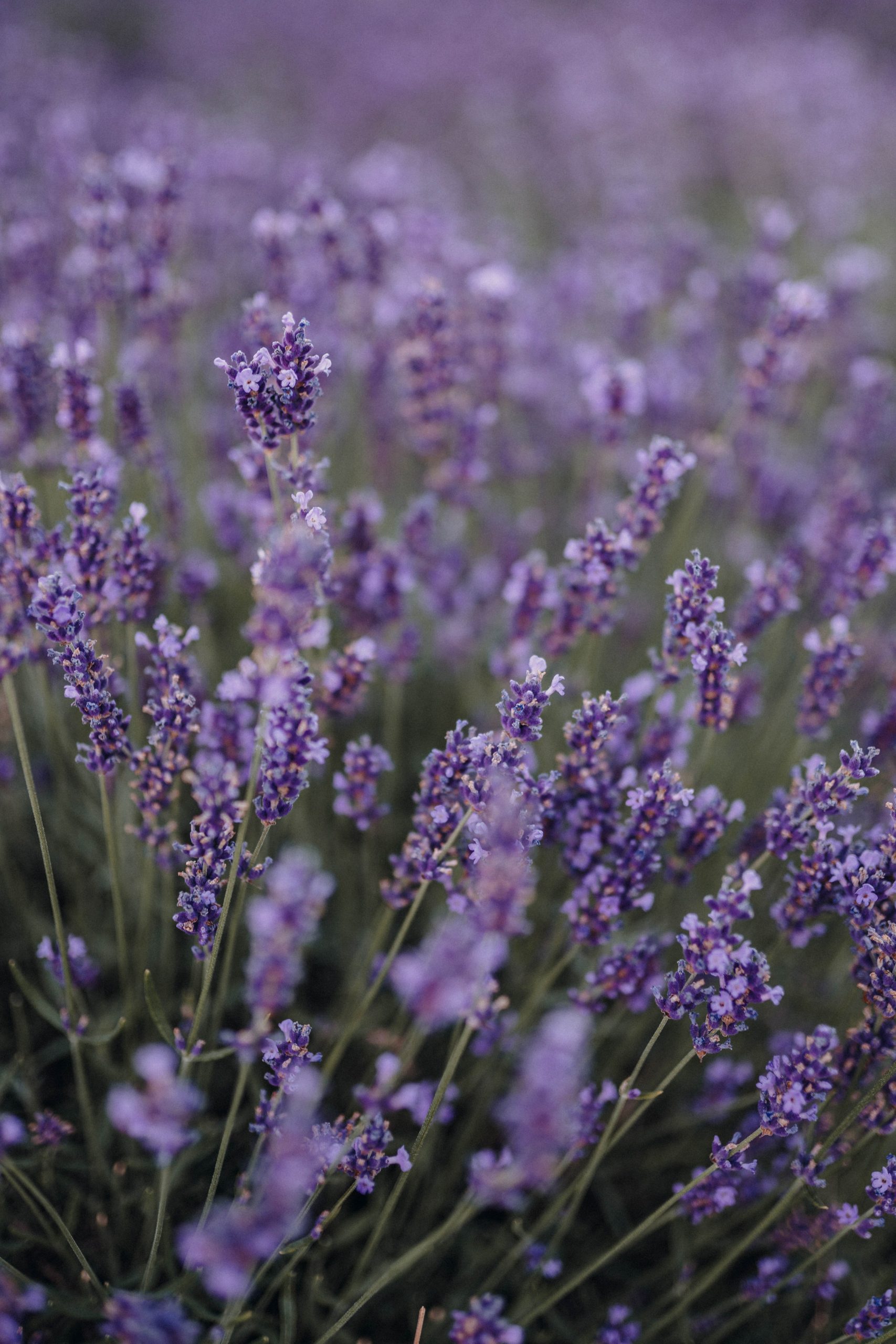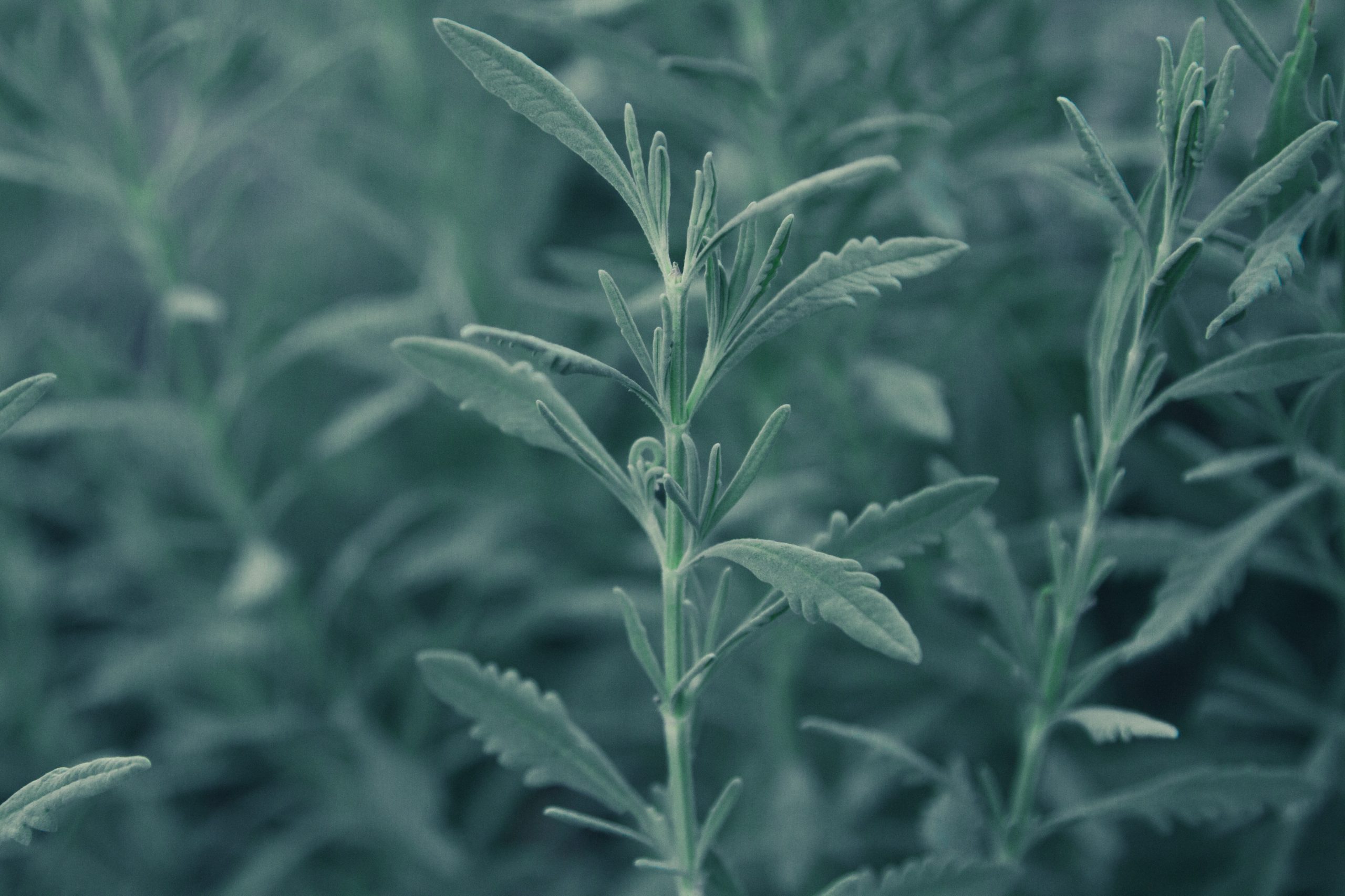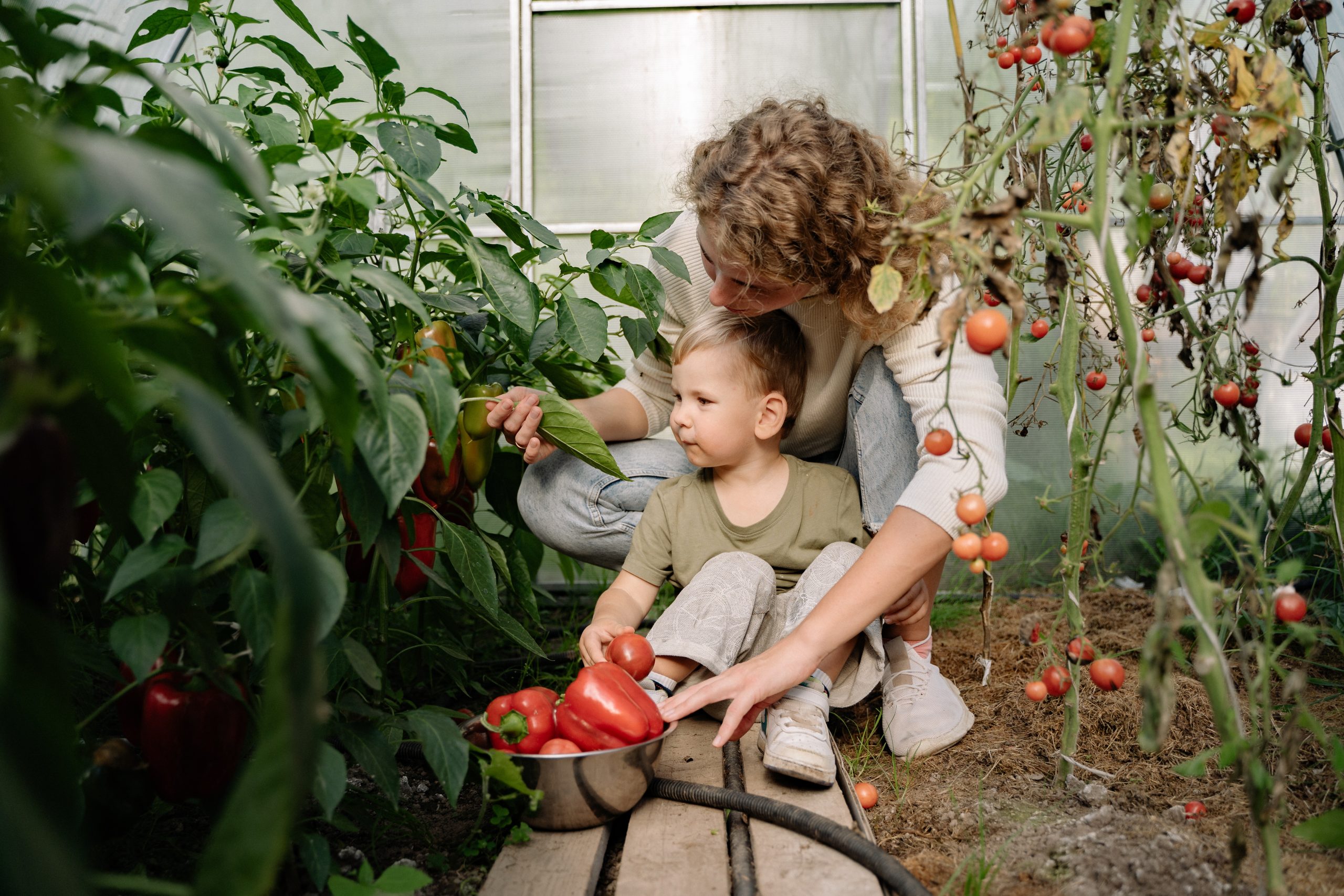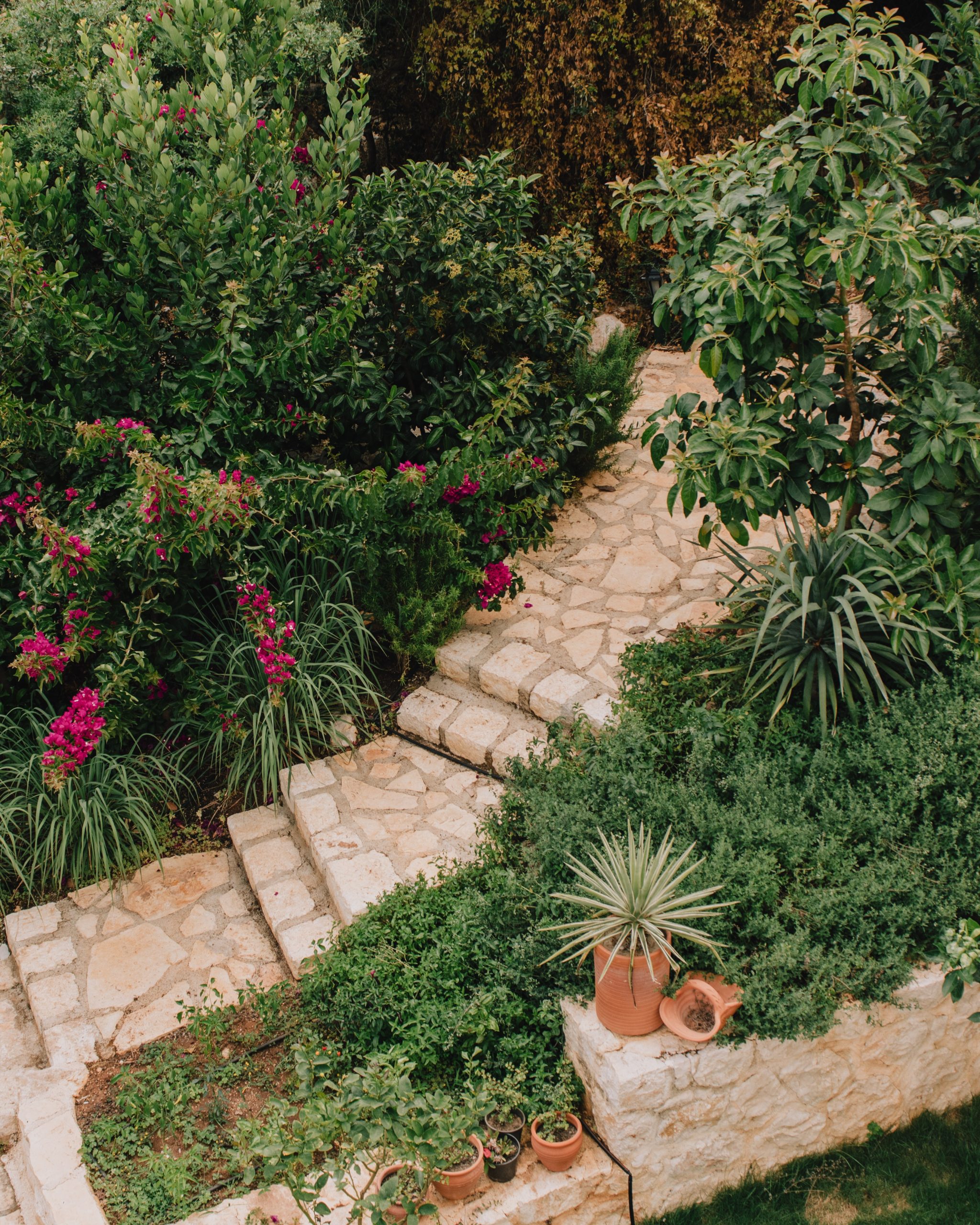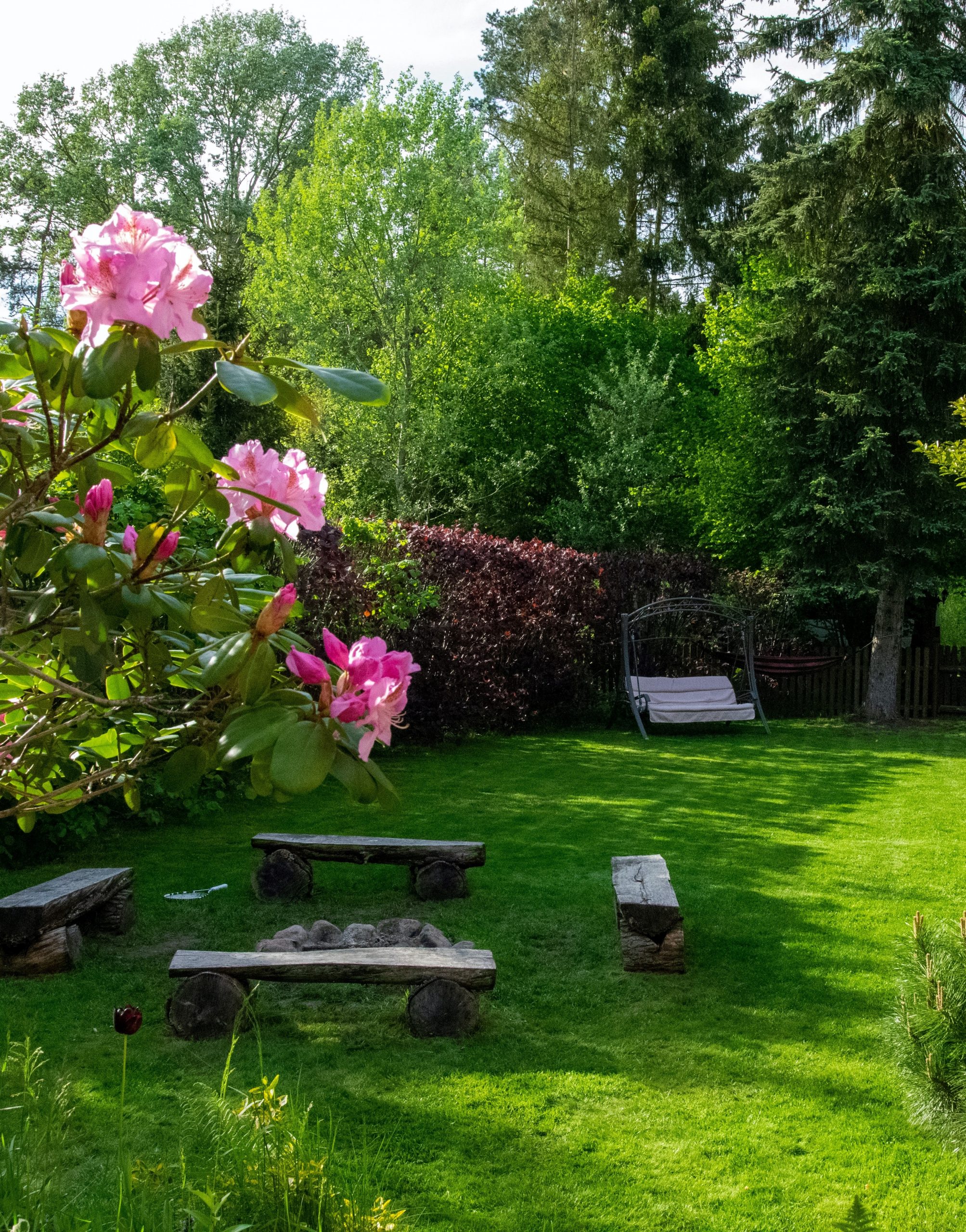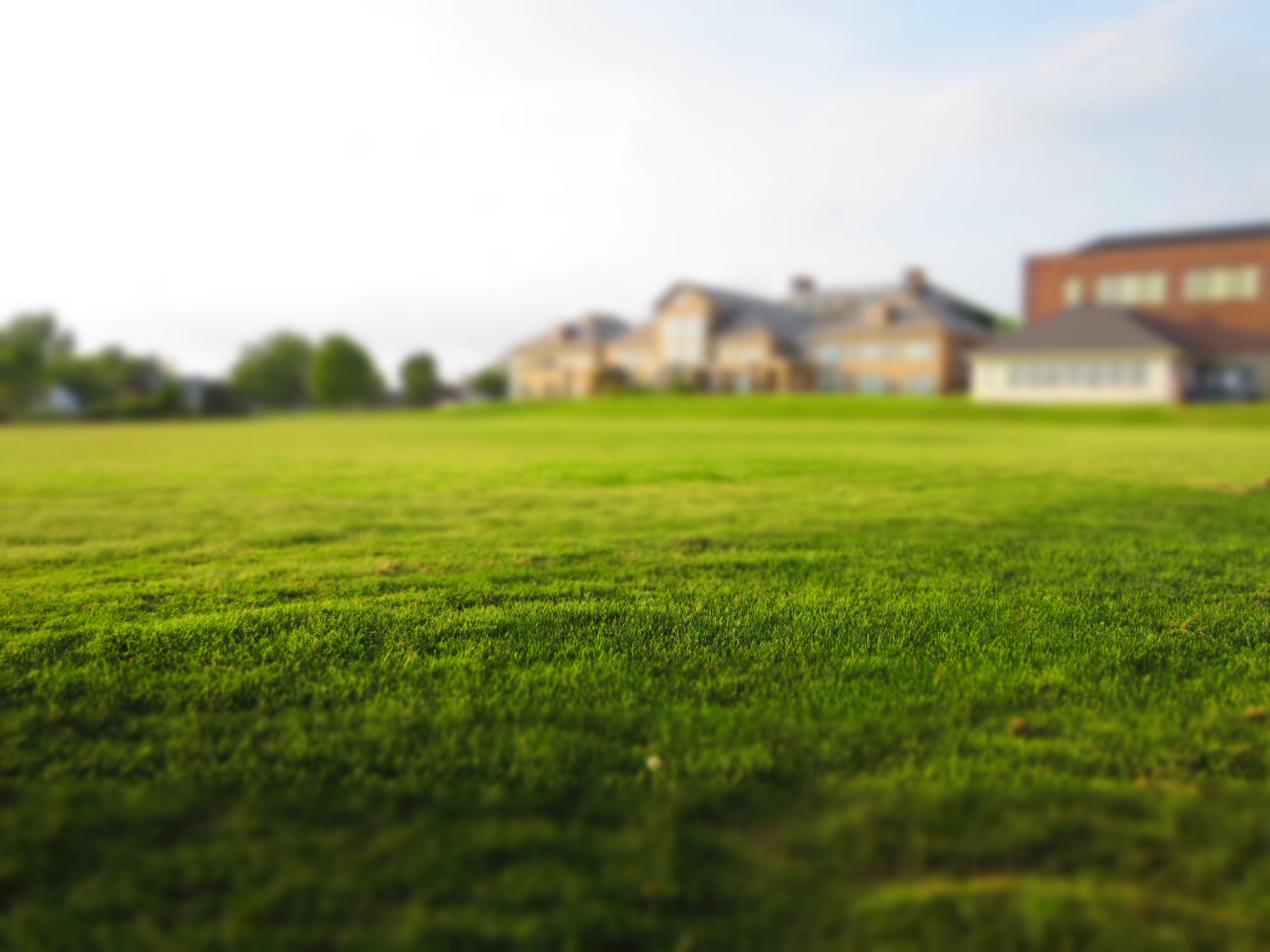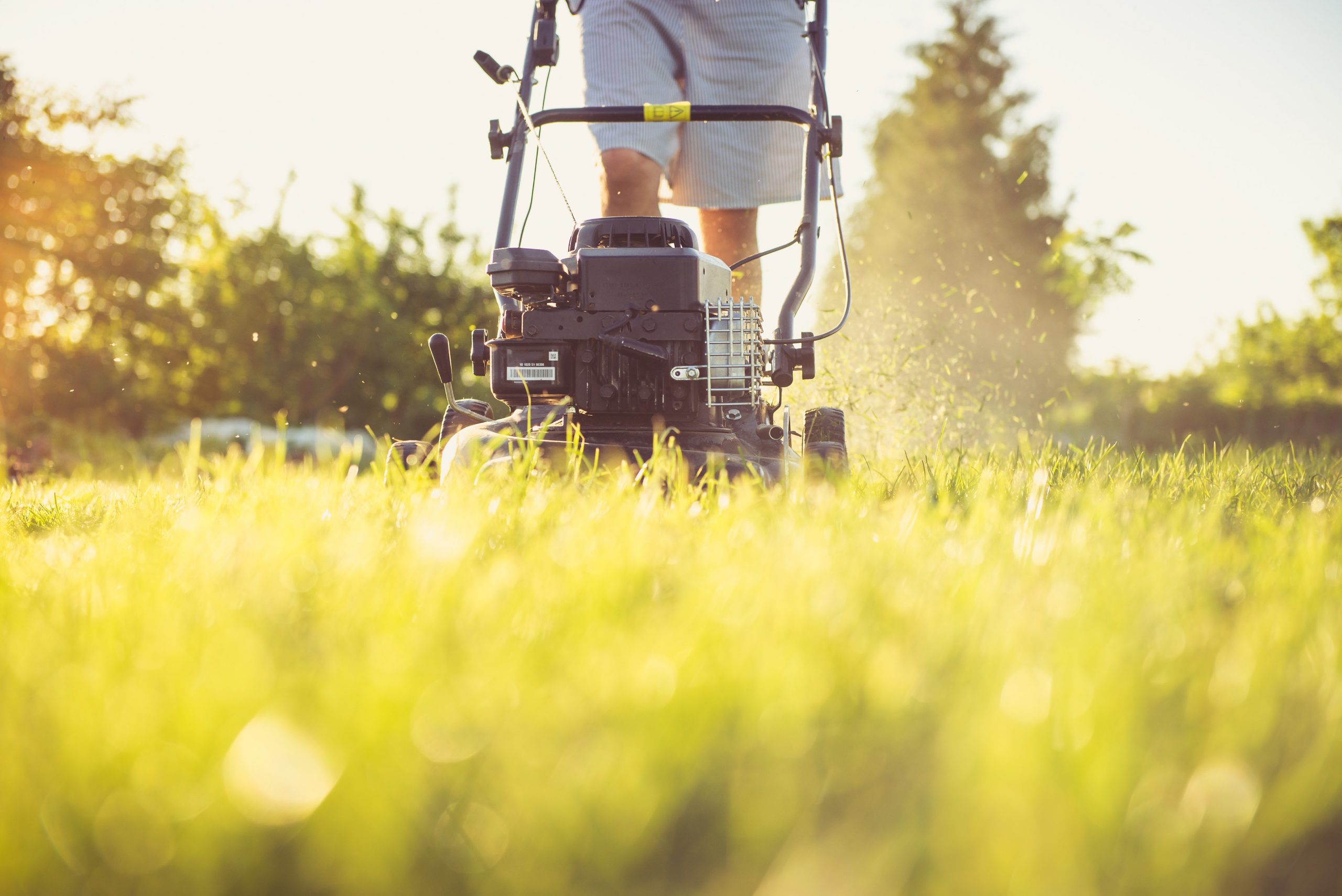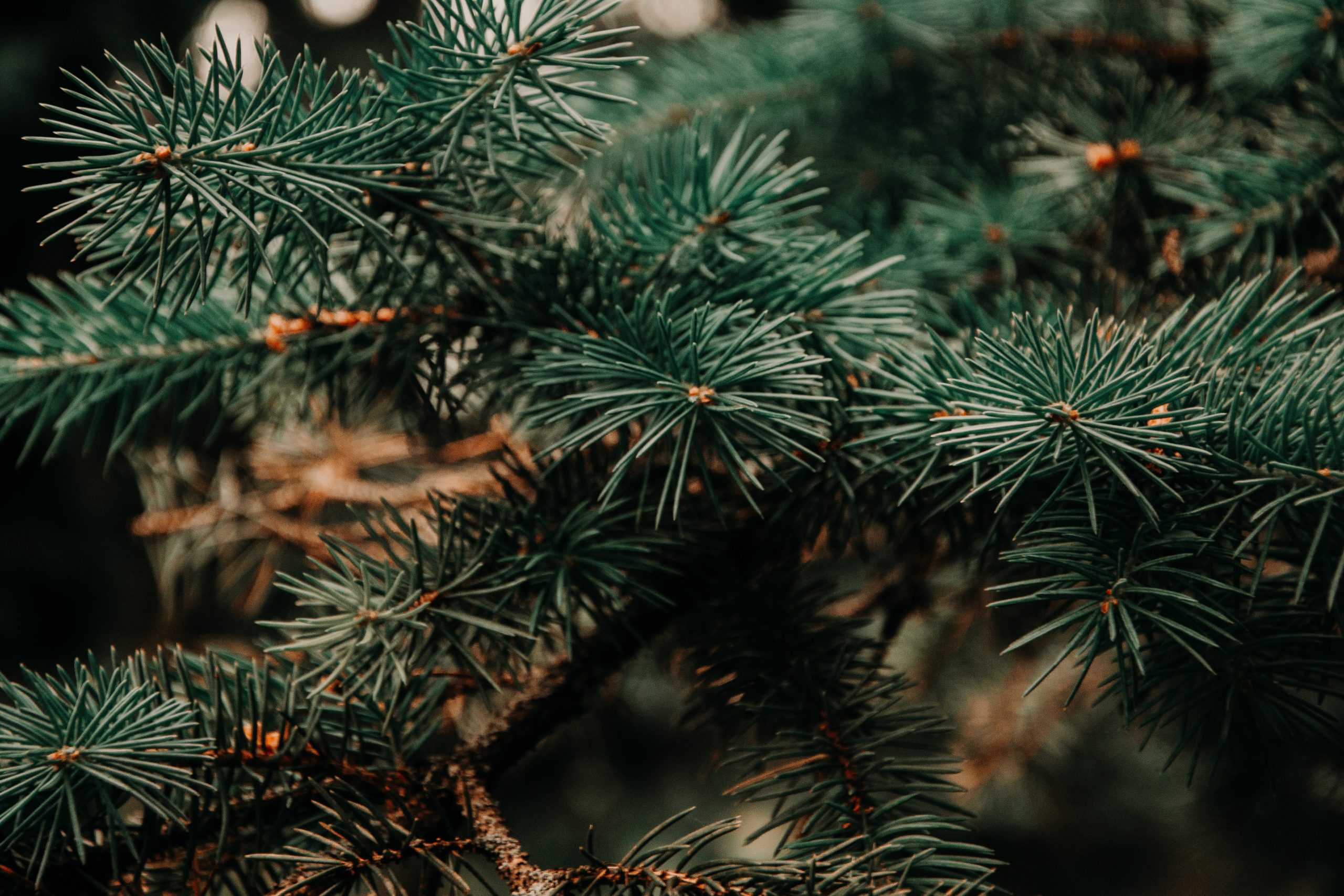Cooler weather is a great time to test out your green thumb and become a plant parent. If your green thumb isn’t so green, you may realize it can be a bit tricky to keep your houseplants happy and thriving. Keep reading for some tips on how to choose the best houseplants for you and how to keep your plants thriving!
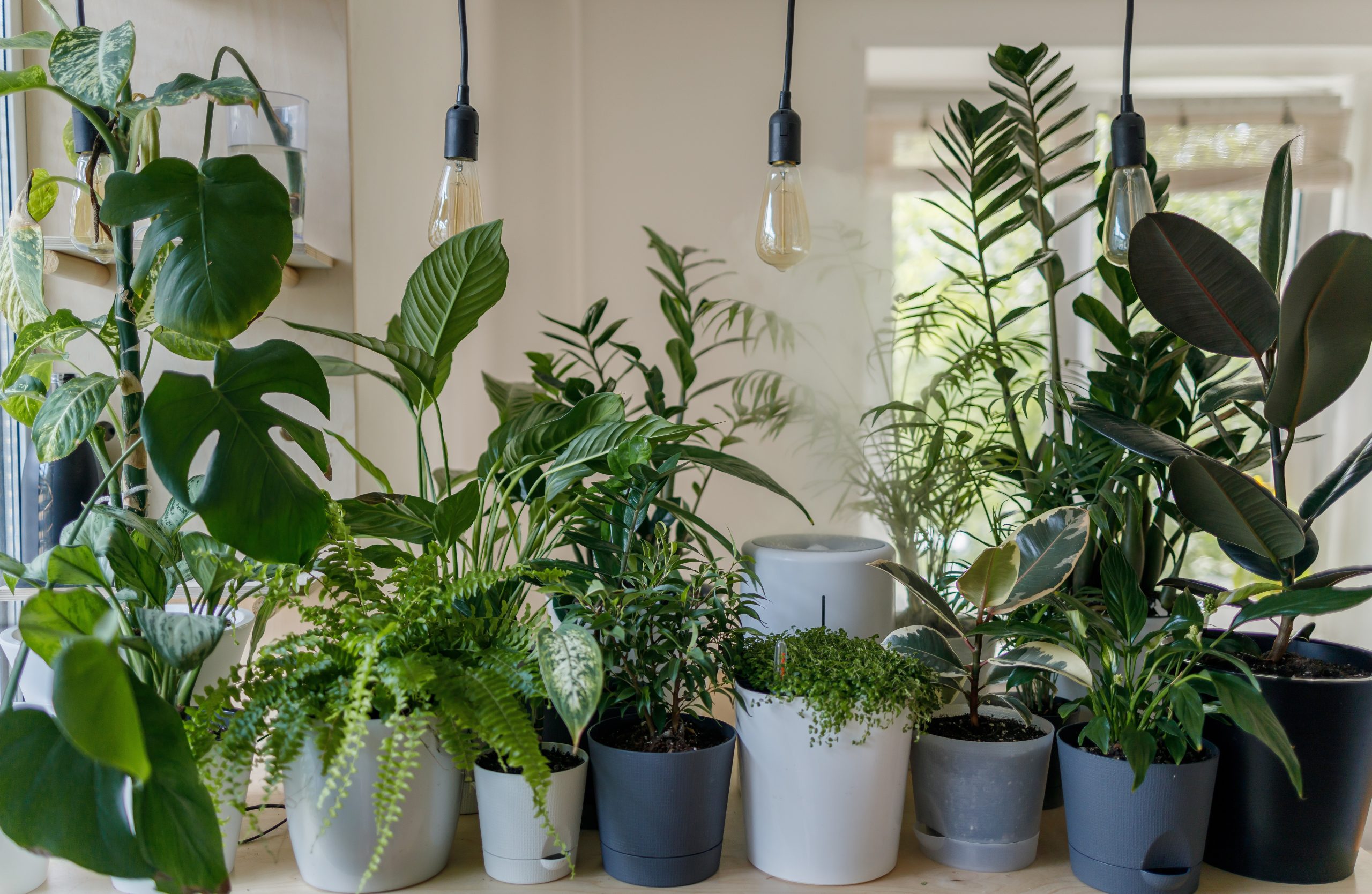
Choose plants that work with your schedule
If you tend to stay busy, you will want more of a low-maintenance plant. Some ideas of plants that are far from high maintenance are succulents, snake plants, and ZZ plants. If you have extra time on your hands to handle more of a high-maintenance plant, we recommend ferns, orchids, and air plants.
Choose your plants based on light available
You’ll want to choose your plants based on the amount of natural light your home receives. Most houseplants prefer bright, indirect sunlight. However, many can tolerate lower light levels. Some succulents and cacti are some of the few plants that can handle bright, direct sunlight.
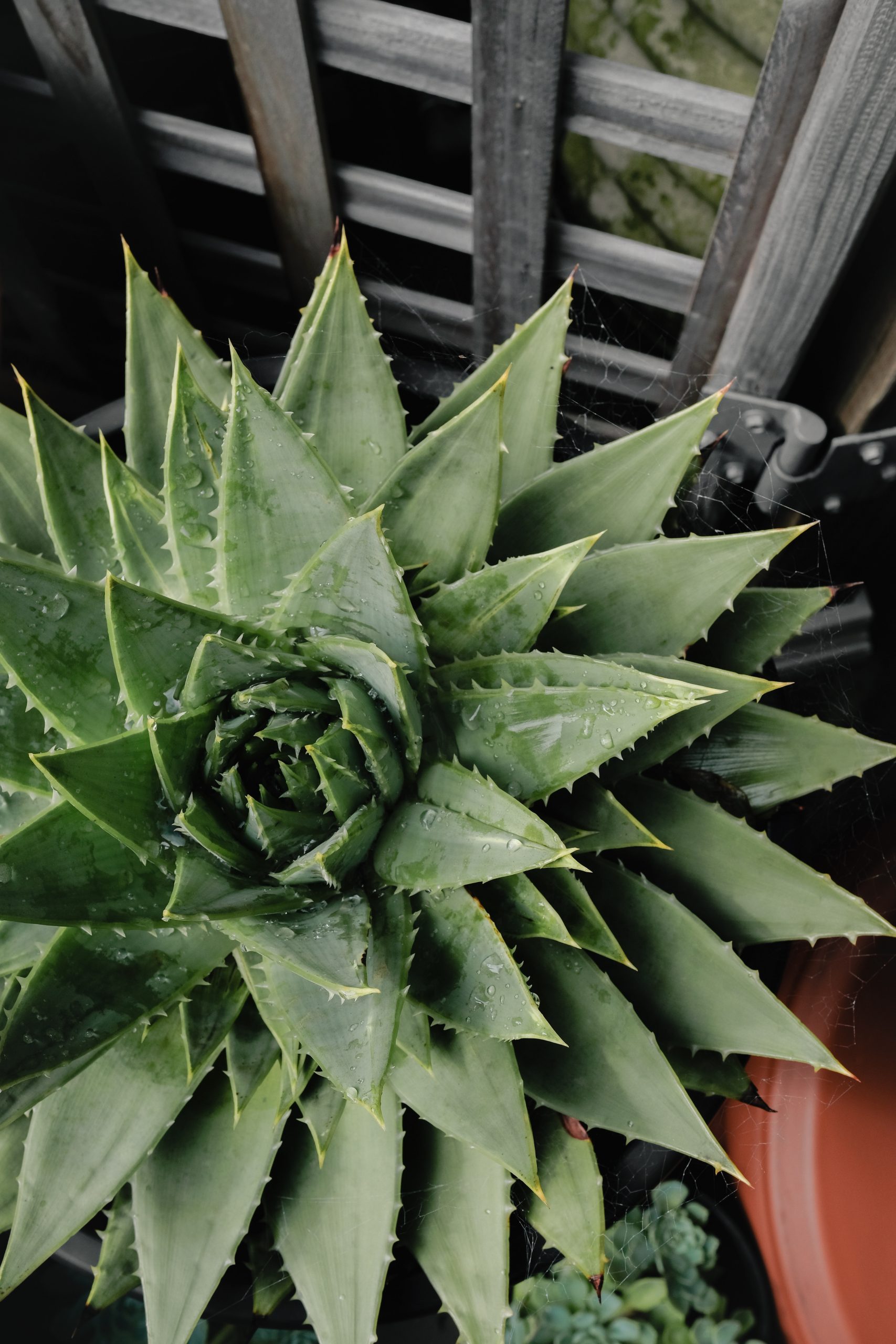
Water your plants mindfully
All plants have different watering needs, so it’s important to be mindful of their individual needs.
Fertilize your plants periodically
Much like watering, each different type of plant has their own fertilizing needs. It’s important to know how much you need to fertilize them and when.
Don’t forget to prune your houseplants too
Like outdoor plants, houseplants need to be pruned too. Usually the fall is the best time to prune most houseplants.
Repot your plants when needed
If the roots of the plant are circling the pot, it may be time to repot the plant. Or if the plant has outgrown the pot, it’s best to repot it in a slightly larger pot for space purposes. Be sure to read up on tips for the particular plant you’re attempting to repot.
Get your plants from a reliable source
To set yourself up for houseplant success, you’ll want to get them from a reliable source where you can ensure they were taken care of. In addition, their experts can help you pick out the best plant(s) for you and answer any questions you may have.
We hope these tips help you find the right houseplants for you and your lifestyle, as well as how to keep those houseplants thriving! We’d love to help you pick out some plants for your home at Whispering Springs. Give us a call today at 770-893-1254 for more information on our garden center and any of our services!




